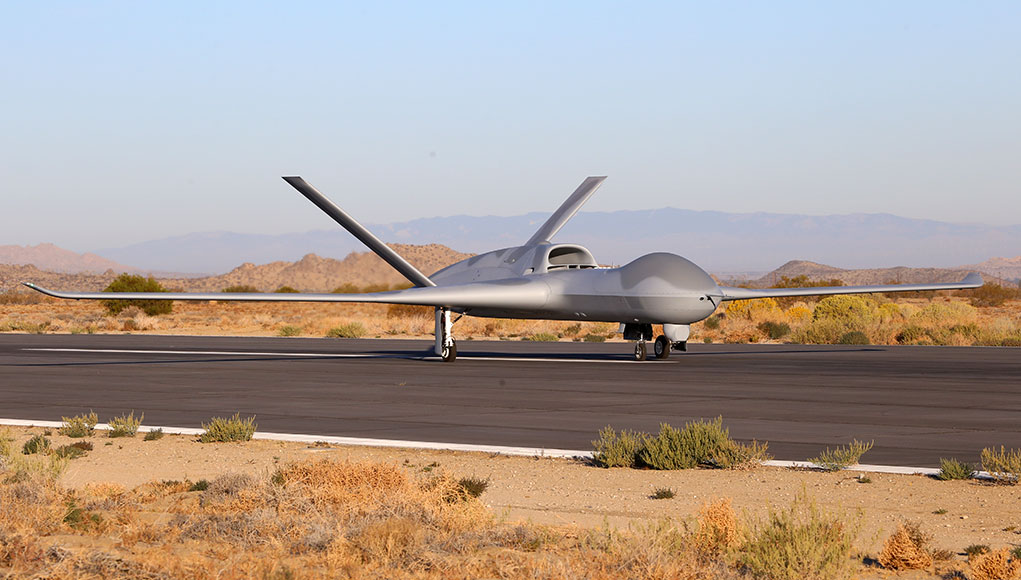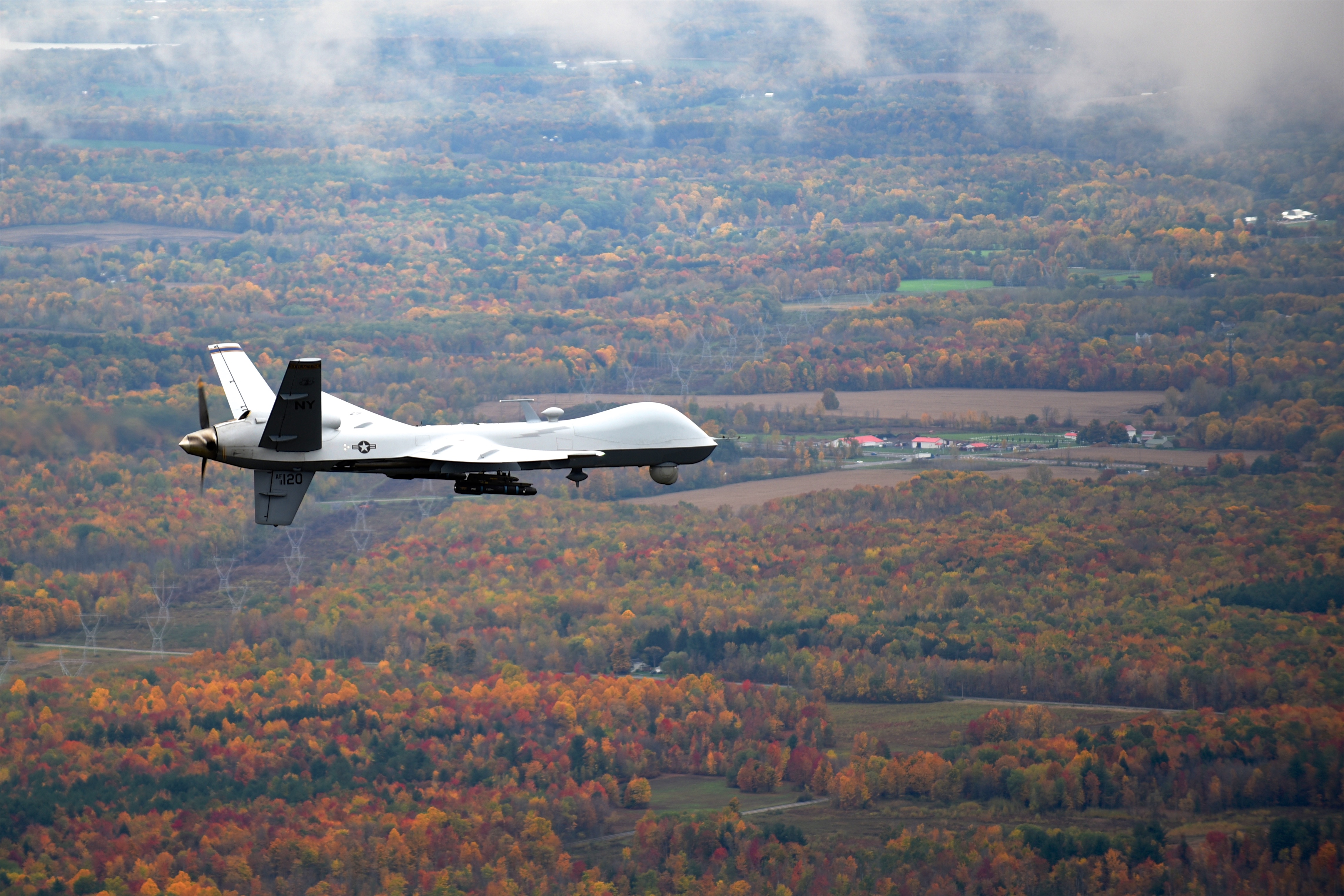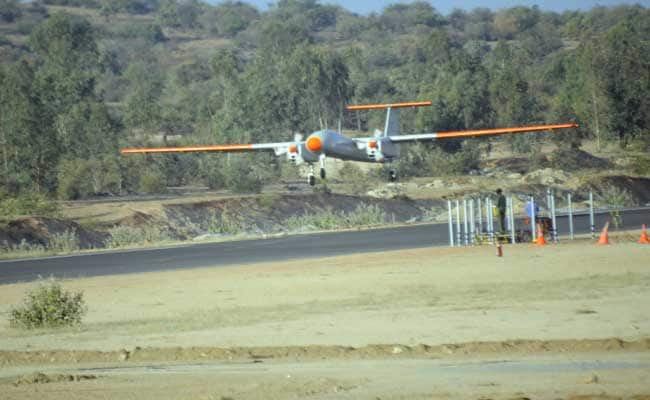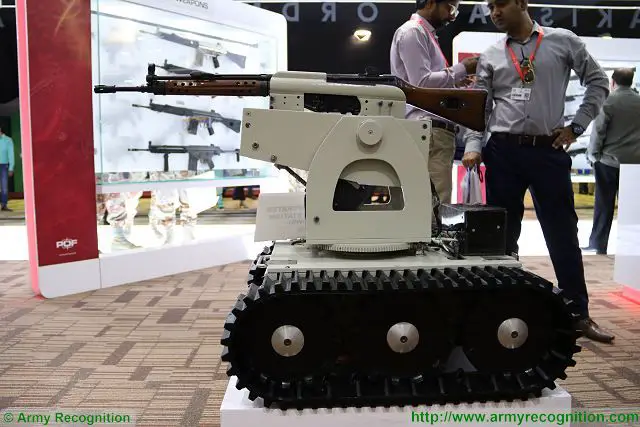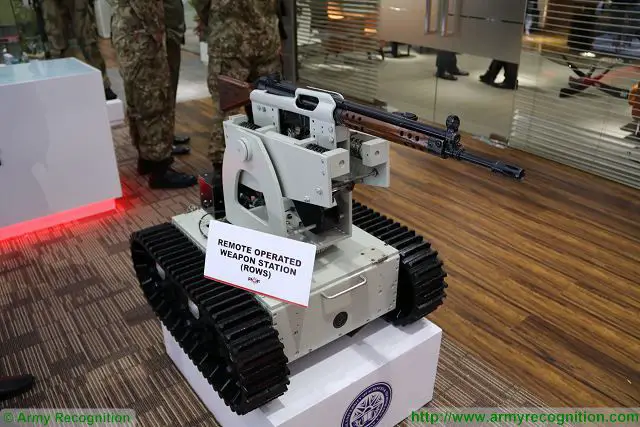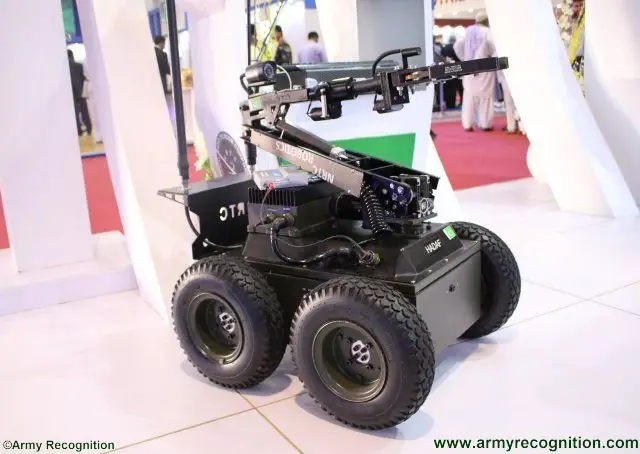Robotics boffins have landed an autonomous quadcopter on a car moving at 50 km/h and think doing so might just change the drone business.
As explained at
arXiv by a group of researchers from Mobile Robotics and Autonomous Systems Laboratory at Polytechnique Montreal, unmanned aerial vehicles (UAVs,
aka drones) look handy for lots of delivery tasks but “their more widespread usage still faces many hurdles, due in particular to their limited range and the difficulty of fully automating the deployment and retrieval.”
Instead of flying home, the authors envisage drones hitching a ride on buses, delivery trucks or boats, which could offer recharging facilities or take care of long-haul journeys that would otherwise be beyond a drone's capabilities.
Another scenario the paper contemplates is search and rescue operations, in which “the synergy between ground and air vehicles could help save precious mission time and would pave the way for the efficient deployment of large fleets” of drones.
Nice idea, but what about the maths to help a drone touch down on a moving car? That's what the paper considers in its discussion of a “Kalman filter”, an algorithm commonly used in robotics to determine useful trajectories for an autonomous device to employ. The authors also put a technique called Proportional Navigation to work, noting that it “is most commonly known as a guidance law for ballistic missiles, but can also been used for UAV guidance.”
Landing on the car required it to be fitted with a flat surface, a target and a mobile phone that transmitted GPS data to the drone. But after plenty of experimentation the authors got the job done at speeds up to 50 km/h.
Regulators the world over have been cautious about UAVs, because they occupy contested airspace and in delivery roles offer the novel threat of tat ordered from web bazaars becoming a gravity-assisted threat. It's therefore probably safe to say we're years away from drones dropping in on trucks as you drive to work. But it's an interesting idea!

